Collection systems exist in two general types, as pick-up and as drop-off systems, sometimes with both types in parallel. In most countries, the collection systems is defined by the authorities, often on municipality or department level. Particularly in regions where an officially organised collection system does not exist to a large extent, the private and the informal sectors play an important role.
Pick-up systems
Pick-up systems are also called door-to-door collection systems. There, paper for recycling is collected in front of the consumers’ houses. This usually happens by using bins with their size depending on the housing structure. Typically, these bins contain graphic as well as packaging paper products.
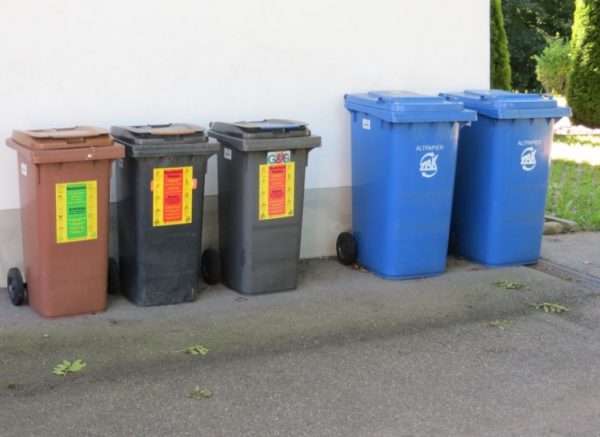
There are selective pick-up systems as well, particularly in Sweden and Switzerland. Another example is from France, where graphic products are often collected selectively, but paper-based packaging is commingled with other recyclables.
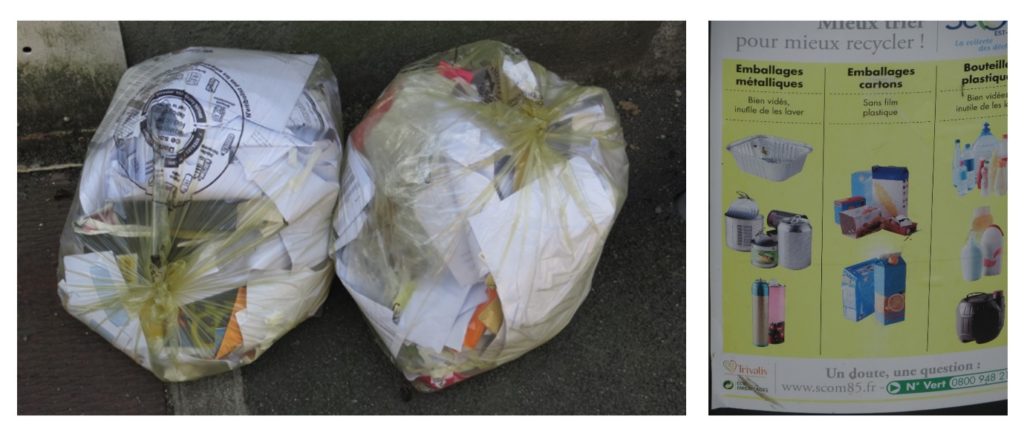
There are also pick-up systems where all waste and recyclables are collected selectively by the municipality in multi-compartment trucks. This system is obviously rather costly and therefore not very common.

Germany, particularly the South, has a tradition of volunteer collection by charity organisations, sports clubs, and other non-profit associations. The focus is on the collection of graphic products and the frequency per location is between two and six times per year, coordinated with the local authorities and schedules being announced in the local media.
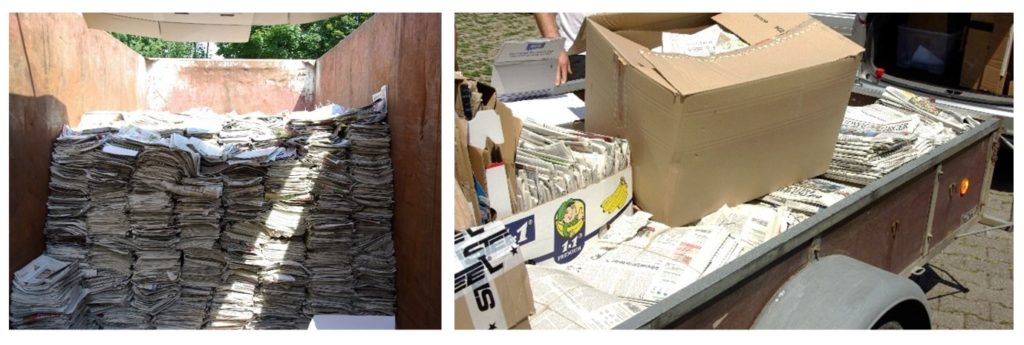
In Southeast Europe and even more in South/Southeast Asia and in the Far East the informal sector plays a major role in paper collection, particularly in regions without a sufficient waste and resource management system by the authorities. Technically, the informal sector does a good job with respect to quality, because the collectors get more money for it. On the other hand, they pick up only the material they can make money with and leave the problematic ones aside, e.g. used beverage cartons. That collection would need an official system by the authorities or by a producer responsibility scheme.
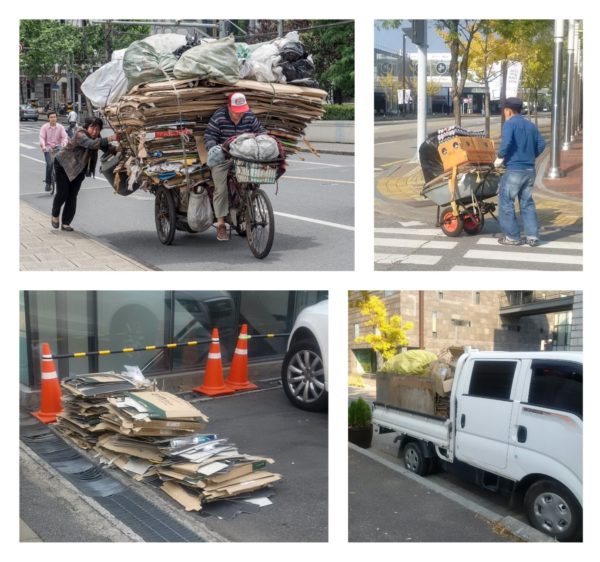
Drop-off systems
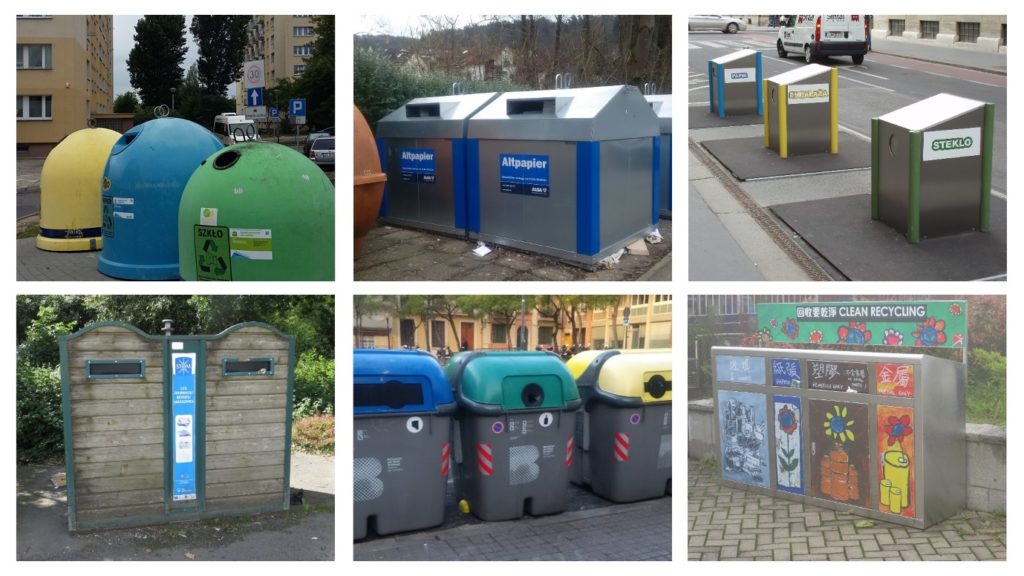
Bring banks are widespread and appear in various sizes and concepts. There are bring banks next to apartment houses or further remote at parking lots next to frequented streets. In city centres, there are sometimes large underground containers installed. You also find small representatives of bring banks for on-the-go material in public buildings, at airports and at train stations.
Another representative of a drop-off concept are Resource Yards, commonly named Recycling Yards. There is usually staff on site for answering questions and for monitoring what the citizens bring, but not in all cases very thoroughly. The extreme opposite are Resource Yards where the citizens do not drop the material themselves but hand it over to staff, who will place it in the proper container, sometimes even separated by grade. There you can be sure that the material does not need any sorting afterwards.
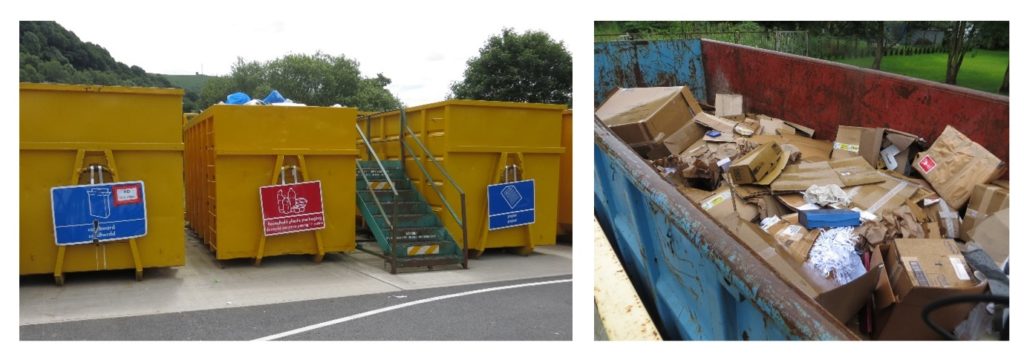
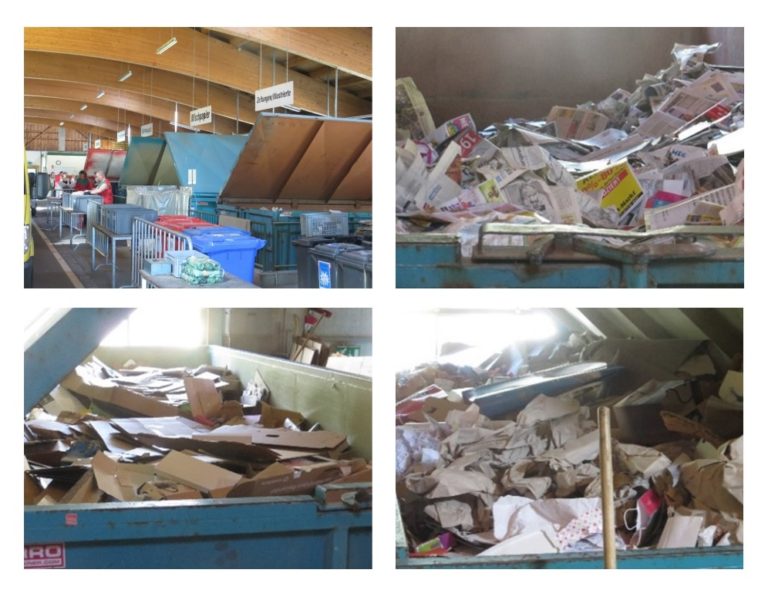
A very special drop-off system are manned Collection Shops, where the citizens get paid for the material they deliver. Since the refund is typically by weight, a scale is the major equipment. Also there, the paper for recycling is kept separate by grade and does not require further sorting. Similar to the informal collection, the Collection Shops are typically not the only system because the material with little or no monetary value is neither taken there nor welcome.
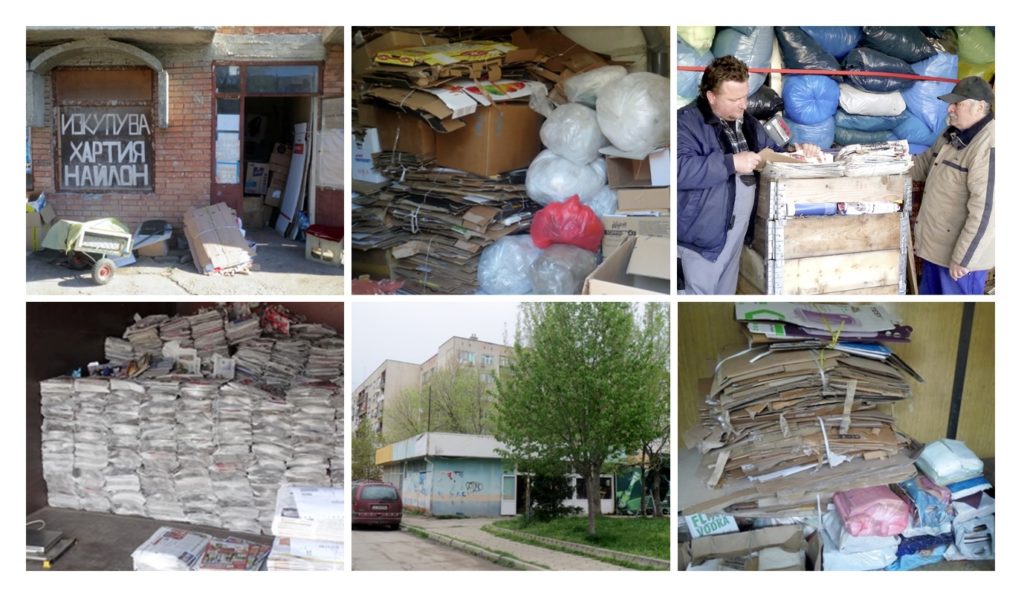
source: https://forestbiofacts.com/
Case
-
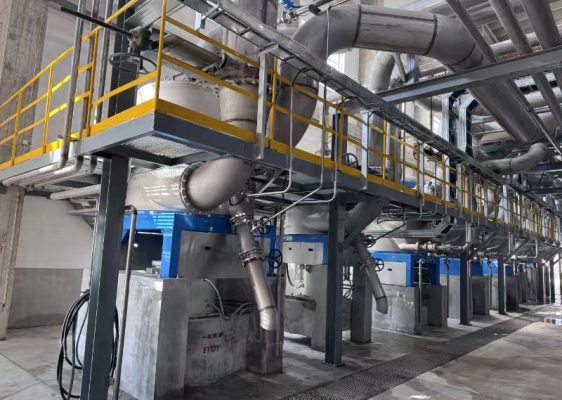 Five Continents Special Paper 450,000 tons packaging paper Project
Five Continents Special Paper 450,000 tons packaging paper Project
-
 The i-CTMP High Yield Pulping Production line of Shan Ying
The i-CTMP High Yield Pulping Production line of Shan Ying
-
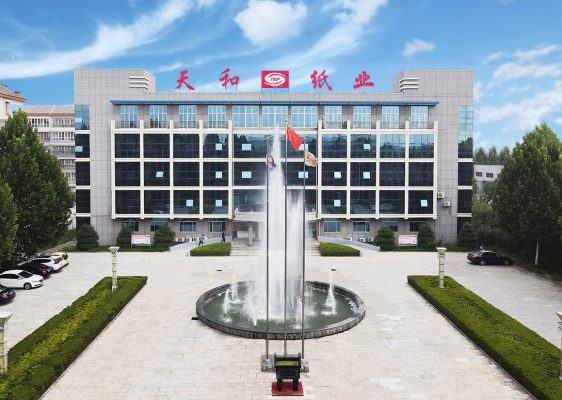 Shandong Tianhe i-BCTMP pulping line upgrade project
Shandong Tianhe i-BCTMP pulping line upgrade project
-
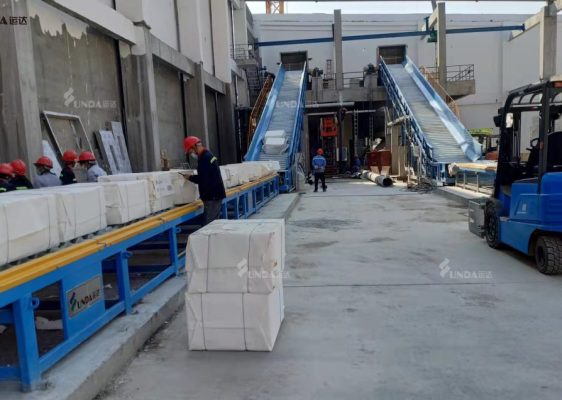 Guangxi Sun Cultural Paper
Guangxi Sun Cultural Paper
-
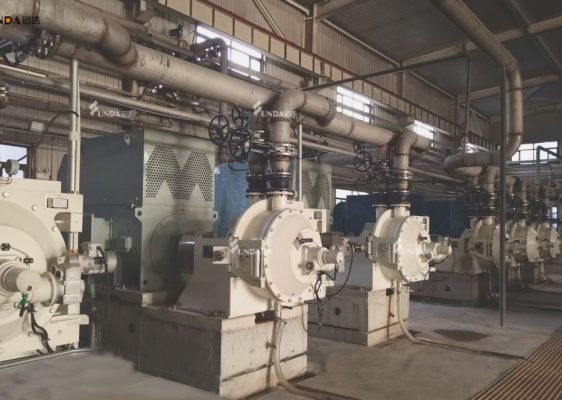 Qianan Boda Cultural Paper
Qianan Boda Cultural Paper
-
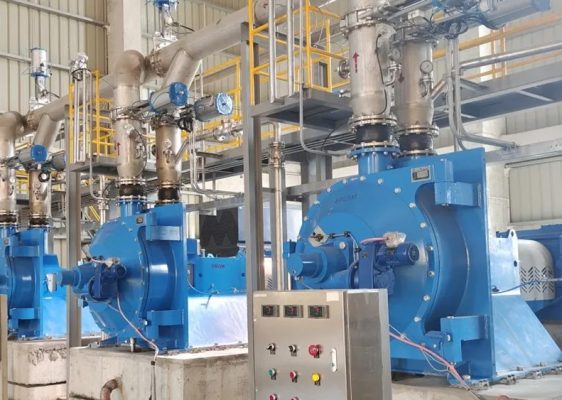 Vietnam Thuận An Paper PM8 Project
Vietnam Thuận An Paper PM8 Project
-
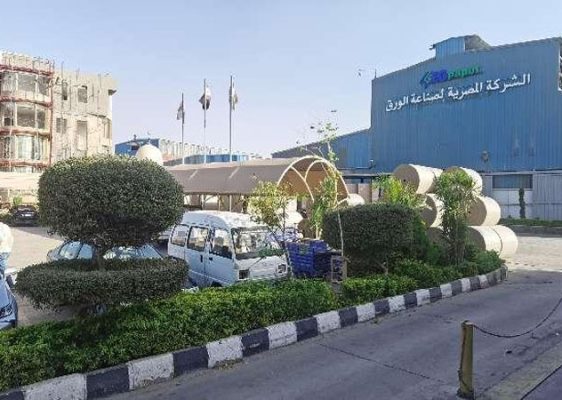 EG-Paper Packaging
EG-Paper Packaging
-
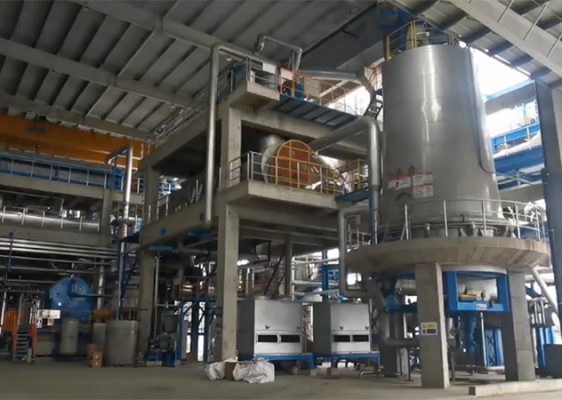 400t/d Bamboo Fiber i-CTMP Project
400t/d Bamboo Fiber i-CTMP Project
-
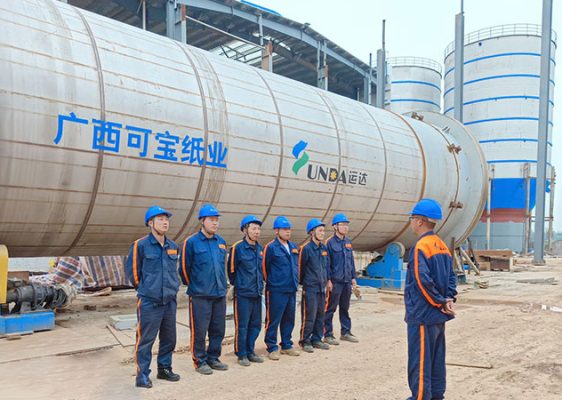 Guangxi Kebao ZDG425 Drum Pulper
Guangxi Kebao ZDG425 Drum Pulper
-
 The Rebuild of IKPP OCC Line
The Rebuild of IKPP OCC Line
